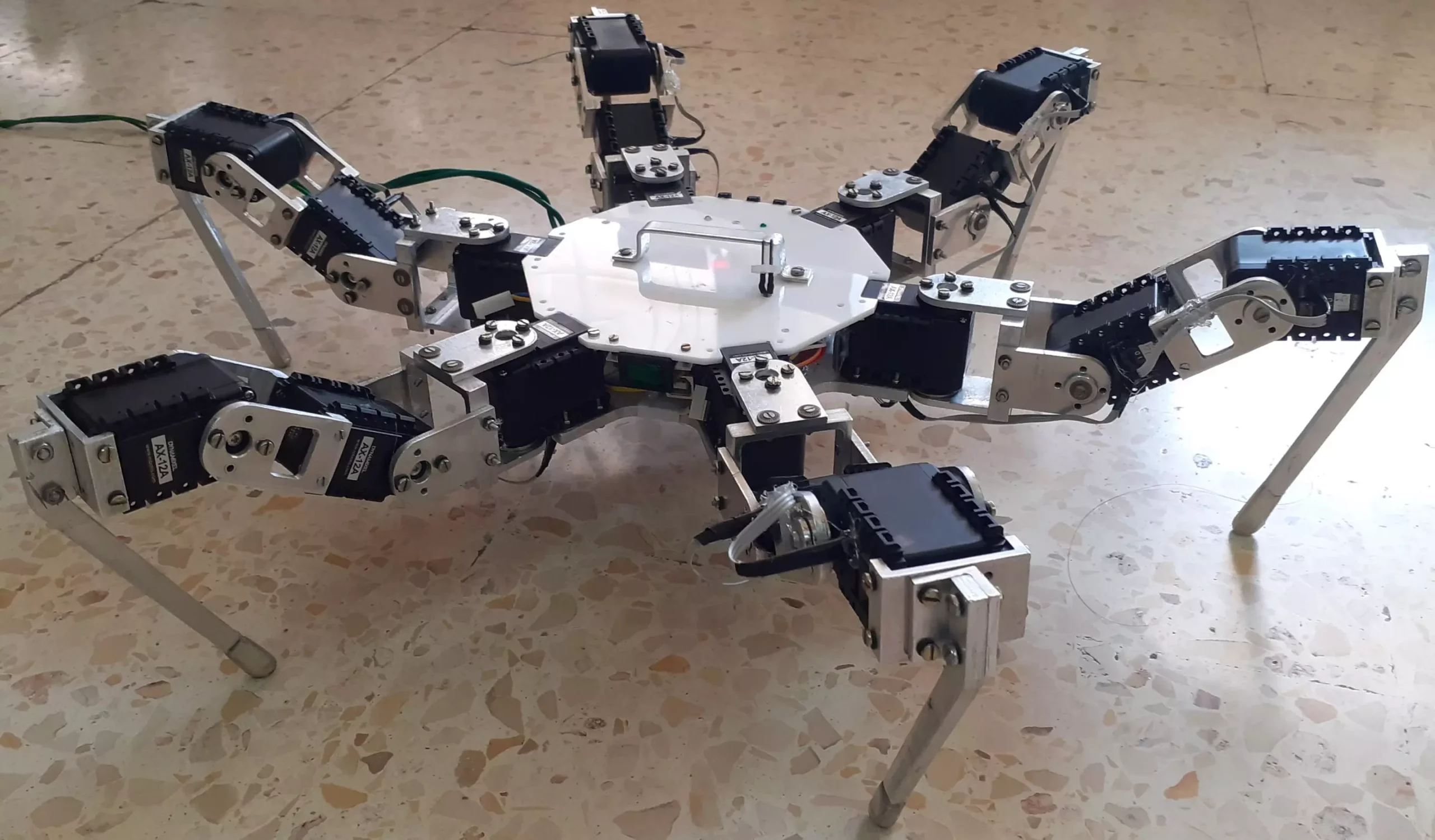In today’s world, the need for robots that can efficiently navigate various terrains is becoming increasingly crucial. These robots have the potential to complete complex missions in challenging environments, ranging from monitoring natural environments like forests to searching for survivors in the aftermath of natural disasters. One common type of robot designed for navigating varying terrains is the legged robot, drawing inspiration from the body structure of animals.
Researchers at the Higher Institute for Applied Science and Technology in Damascus, Syria, have recently introduced a new method to facilitate smooth transitions between different gaits of hexapod robots. This new gait control technique, based on central pattern generators (CPGs), mimics the neural networks responsible for rhythmic movements in humans and animals, such as walking and jogging.
The researchers started by designing and simulating a six-legged (hexapod) robot to test their proposed control architecture based on CPGs. Each leg of the robot is governed by a distinct rhythmic signal, with the phase differences between the signals determining the different gaits. The core contribution of their paper lies in the novel interaction design among the oscillators, ensuring seamless gait transitions.
In addition to the control architecture, the researchers developed a workspace trajectory generator to translate the outputs of oscillators in the robot into effective foot trajectories. This tool helps ensure that the robot maintains stable, efficient, and swift changes in gait during transitions, both in simulations and real-life tests. The mapping function they validated also plays a key role in maintaining effective foot trajectories throughout these transitions.
The new architecture introduced by the researchers holds great promise for future applications in other legged robots aiming to swiftly adapt to environmental changes while retaining agility. In their upcoming studies, the researchers plan to further enhance their method to tackle potential malfunctions and improve performance on particularly challenging terrains.
Looking ahead, the team aims to delve deeper into machine learning to refine the robot’s environmental adaptability, exploring areas like malfunction compensation and integrating pain sensing as feedback mechanisms. This forward-thinking approach is set to revolutionize the locomotion control of hexapod robots, paving the way for more efficient and adaptive robotic systems in the future.


Leave a Reply